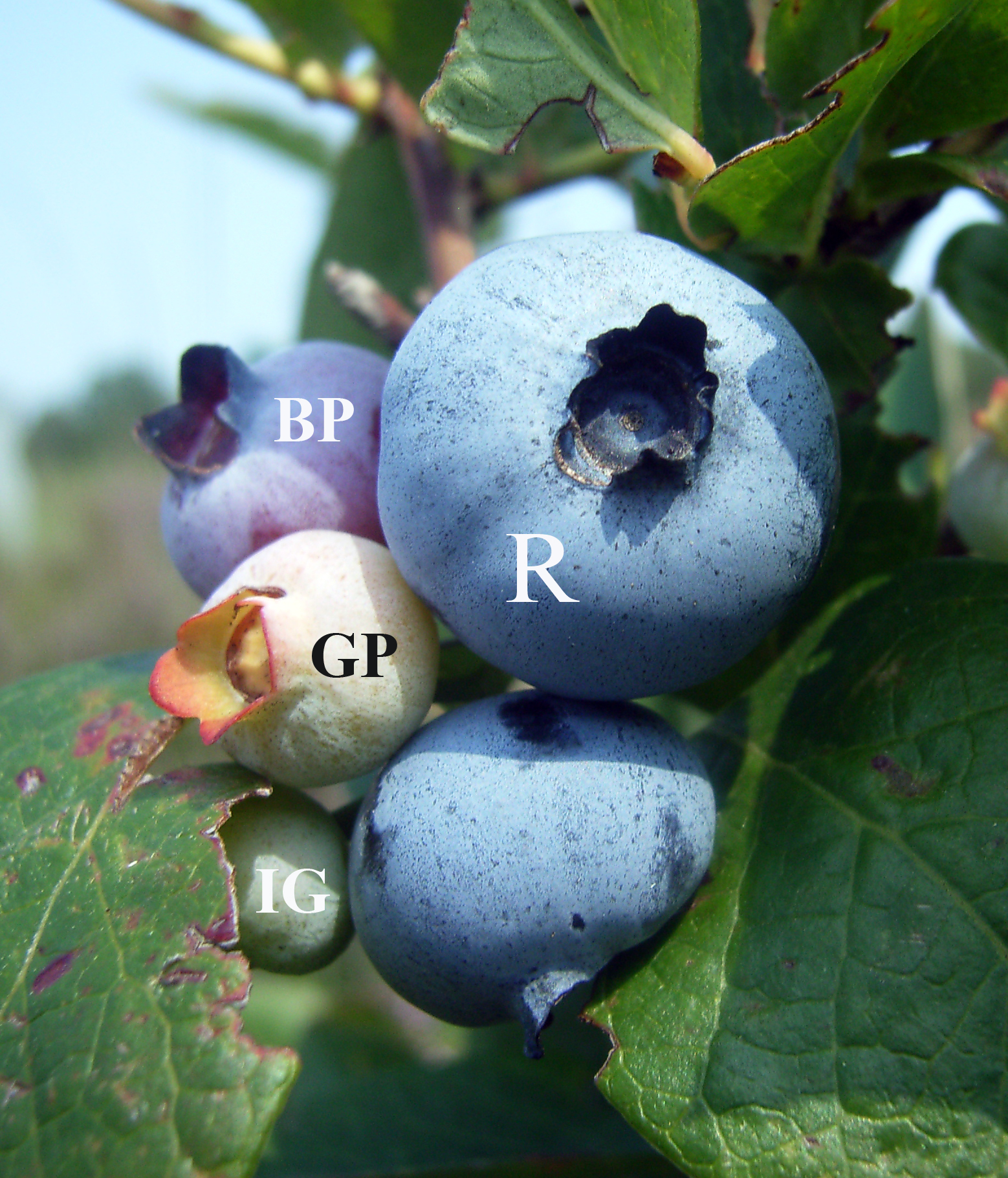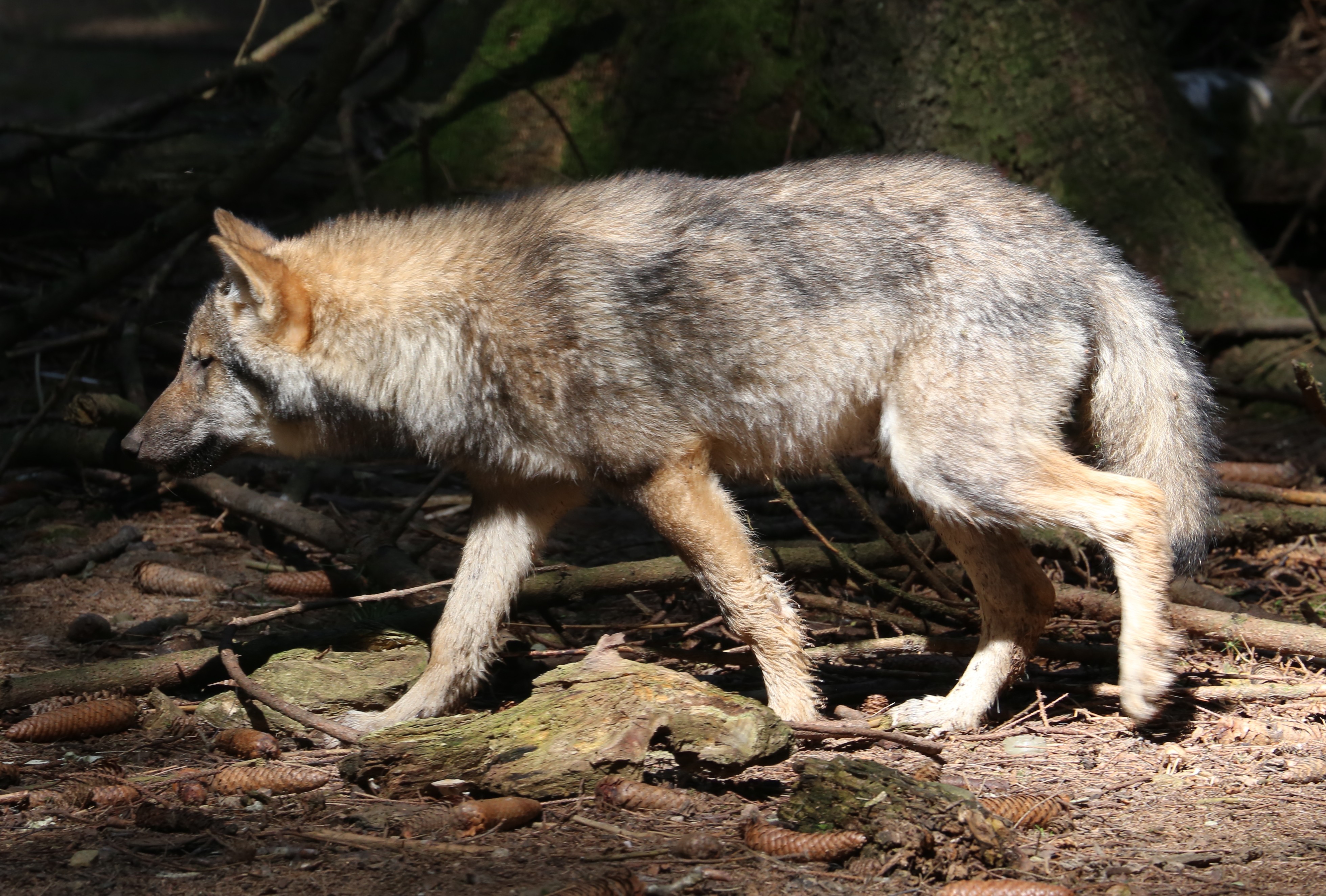|
Blueberry Gray Moth
''Glena cognataria'', the blueberry gray moth, is a moth native to North America. It ranges from Florida to Nova Scotia and New Brunswick. Its larvae is hosted on blueberry. The habitat consists of bogs and pine barrens. It is listed as a species of special concern and believed extirpated in the US state of Connecticut. The length of the forewings is about 13–15 mm. Adults are greyish brown with a pink or violet tint and weak wing markings. The larvae have been recorded feeding on blueberry, as well as many hardwood species including oak, maple, cherry, willow Willows, also called sallows and osiers, from the genus ''Salix'', comprise around 400 speciesMabberley, D.J. 1997. The Plant Book, Cambridge University Press #2: Cambridge. of typically deciduous trees and shrubs, found primarily on moist ... and poplar. References Boarmiini Moths described in 1831 {{Boarmiini-stub ... [...More Info...] [...Related Items...] OR: [Wikipedia] [Google] [Baidu] |
Jacob Hübner
Jacob Hübner (20 June 1761 – 13 September 1826, in Augsburg) was a German entomologist. He was the author of ''Sammlung Europäischer Schmetterlinge'' (1796–1805), a founding work of entomology. Scientific career Hübner was the author of ''Sammlung Europäischer Schmetterlinge'' (1796–1805), a founding work of entomology. He was one of the first specialists to work on the European Lepidoptera. He described many new species, for example ''Sesia bembeciformis'' and ''Euchloe tagis'', many of them common. He also described many new genera. He was a designer and engraver and from 1786 he worked for three years as a designer and engraver at a cotton factory in Ukraine. There he collected butterflies and moths including descriptions and illustrations of some in ''Beiträge zur Geschichte der Schmetterlinge'' (1786–1790) along with other new species from the countryside around his home in Augsburg. Hübner's masterwork "Tentamen" was intended as a discussion document. Inadver ... [...More Info...] [...Related Items...] OR: [Wikipedia] [Google] [Baidu] |
Blueberry
Blueberries are a widely distributed and widespread group of perennial flowering plants with blue or purple berries. They are classified in the section ''Cyanococcus'' within the genus '' Vaccinium''. ''Vaccinium'' also includes cranberries, bilberries, huckleberries and Madeira blueberries. Commercial blueberries—both wild (lowbush) and cultivated (highbush)—are all native to North America. The highbush varieties were introduced into Europe during the 1930s. Blueberries are usually prostrate shrubs that can vary in size from to in height. In commercial production of blueberries, the species with small, pea-size berries growing on low-level bushes are known as "lowbush blueberries" (synonymous with "wild"), while the species with larger berries growing on taller, cultivated bushes are known as "highbush blueberries". Canada is the leading producer of lowbush blueberries, while the United States produces some 40% of the world supply of highbush blueberries. Origin ... [...More Info...] [...Related Items...] OR: [Wikipedia] [Google] [Baidu] |
Local Extinction
Local extinction, also known as extirpation, refers to a species (or other taxon) of plant or animal that ceases to exist in a chosen geographic area of study, though it still exists elsewhere. Local extinctions are contrasted with global extinctions. Local extinctions mark a change in the ecology of an area. In recent times, local extinction has sometimes been followed by a replacement of the species taken from other locations; wolf reintroduction is an example of this. The term "local extinction" is highly vernacular. The more proper biological term is ''extirpation''. Discussion Glaciation can lead to local extinction. This was the case during the Pleistocene glaciation event in North America. During this period, most of the native North American species of earthworm were killed in places covered by glaciation. This left them open for colonization by European earthworms brought over in soil from Europe. Species naturally become extirpated from islands over time. The num ... [...More Info...] [...Related Items...] OR: [Wikipedia] [Google] [Baidu] |
Connecticut
Connecticut () is the southernmost state in the New England region of the Northeastern United States. It is bordered by Rhode Island to the east, Massachusetts to the north, New York to the west, and Long Island Sound to the south. Its capital is Hartford and its most populous city is Bridgeport. Historically the state is part of New England as well as the tri-state area with New York and New Jersey. The state is named for the Connecticut River which approximately bisects the state. The word "Connecticut" is derived from various anglicized spellings of "Quinnetuket”, a Mohegan-Pequot word for "long tidal river". Connecticut's first European settlers were Dutchmen who established a small, short-lived settlement called House of Hope in Hartford at the confluence of the Park and Connecticut Rivers. Half of Connecticut was initially claimed by the Dutch colony New Netherland, which included much of the land between the Connecticut and Delaware Rivers, although the first ... [...More Info...] [...Related Items...] OR: [Wikipedia] [Google] [Baidu] |
Maple
''Acer'' () is a genus of trees and shrubs commonly known as maples. The genus is placed in the family Sapindaceae.Stevens, P. F. (2001 onwards). Angiosperm Phylogeny Website. Version 9, June 2008 nd more or less continuously updated since http://www.mobot.org/MOBOT/research/APweb/. There are approximately 132 species, most of which are native to Asia, with a number also appearing in Europe, northern Africa, and North America. Only one species, '' Acer laurinum'', extends to the Southern Hemisphere.Gibbs, D. & Chen, Y. (2009The Red List of Maples Botanic Gardens Conservation International (BGCI) The type species of the genus is the sycamore maple, '' Acer pseudoplatanus'', the most common maple species in Europe.van Gelderen, C. J. & van Gelderen, D. M. (1999). ''Maples for Gardens: A Color Encyclopedia'' Maples usually have easily recognizable palmate leaves ('' Acer negundo'' is an exception) and distinctive winged fruits. The closest relatives of the maples are the hor ... [...More Info...] [...Related Items...] OR: [Wikipedia] [Google] [Baidu] |
Cherry
A cherry is the fruit of many plants of the genus '' Prunus'', and is a fleshy drupe (stone fruit). Commercial cherries are obtained from cultivars of several species, such as the sweet '' Prunus avium'' and the sour '' Prunus cerasus''. The name 'cherry' also refers to the cherry tree and its wood, and is sometimes applied to almonds and visually similar flowering trees in the genus ''Prunus'', as in "ornamental cherry" or " cherry blossom". Wild cherry may refer to any of the cherry species growing outside cultivation, although ''Prunus avium'' is often referred to specifically by the name "wild cherry" in the British Isles. Botany True cherries ''Prunus'' subg. ''Cerasus'' contains species that are typically called cherries. They are known as true cherries and distinguished by having a single winter bud per axil, by having the flowers in small corymbs or umbels of several together (occasionally solitary, e.g. ''P. serrula''; some species with short racemes, e.g ... [...More Info...] [...Related Items...] OR: [Wikipedia] [Google] [Baidu] |
Willow
Willows, also called sallows and osiers, from the genus ''Salix'', comprise around 400 speciesMabberley, D.J. 1997. The Plant Book, Cambridge University Press #2: Cambridge. of typically deciduous trees and shrubs, found primarily on moist soils in cold and temperate regions. Most species are known as willow, but some narrow-leaved shrub species are called osier, and some broader-leaved species are referred to as sallow (from Old English ''sealh'', related to the Latin word ''salix'', willow). Some willows (particularly arctic and alpine species) are low-growing or creeping shrubs; for example, the dwarf willow (''Salix herbacea'') rarely exceeds in height, though it spreads widely across the ground. Description Willows all have abundant watery bark sap, which is heavily charged with salicylic acid, soft, usually pliant, tough wood, slender branches, and large, fibrous, often stoloniferous roots. The roots are remarkable for their toughness, size, and tenacity to ... [...More Info...] [...Related Items...] OR: [Wikipedia] [Google] [Baidu] |
Populus
''Populus'' is a genus of 25–30 species of deciduous flowering plants in the family Salicaceae, native to most of the Northern Hemisphere. English names variously applied to different species include poplar (), aspen, and cottonwood. The western balsam poplar (''Populus trichocarpa, P. trichocarpa'') was the first tree to have its full DNA code determined by DNA sequencing, in 2006. Description The genus has a large genetic diversity, and can grow from tall, with trunks up to in diameter. The Bark (botany), bark on young trees is smooth, white to greenish or dark gray, and often has conspicuous lenticels; on old trees, it remains smooth in some species, but becomes rough and deeply fissured in others. The shoots are stout, with (unlike in the related willows) the terminal bud present. The leaves are spirally arranged, and vary in shape from triangular to circular or (rarely) lobed, and with a long petiole (botany), petiole; in species in the sections ''Populus'' and ''A ... [...More Info...] [...Related Items...] OR: [Wikipedia] [Google] [Baidu] |
Boarmiini
The Boarmiini (also often called ''Cleorini'') are a large tribe of geometer moths in the Ennominae subfamily. Description and systematics This family is sometimes massively expanded, with the closely related Bistonini, Bupalini, Erannini, Gnophini, Melanolophini, Phaseliini and Theriini all merged into it. The eggs of all these geometer moths have the chorion cells characteristically arranged in longitudinal rows. The eggs of the Boarmiini in the narrow sense usually have a typical slender and narrow shape, with a soft chorion consisting of heavy-walled but unridged polygonal cells. However, in '' Cleora'' for example, the eggs approach the wide-walled shape found in many Bistonini. Adding further to the uncertainty is the fact that the Alsophilinae, usually treated as a small subfamily in their own right, might be a specialized lineage of Boarmiini; though their caterpillars are quite different, their pupae have a peculiar T-shaped cremaster which very much resemble ... [...More Info...] [...Related Items...] OR: [Wikipedia] [Google] [Baidu] |




.jpg)


